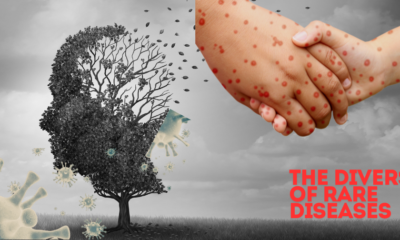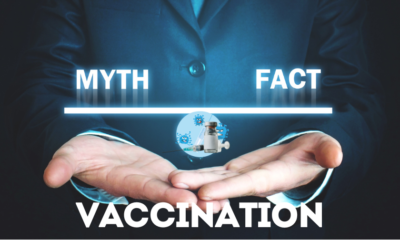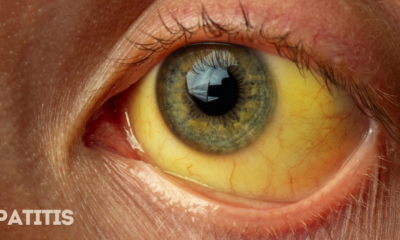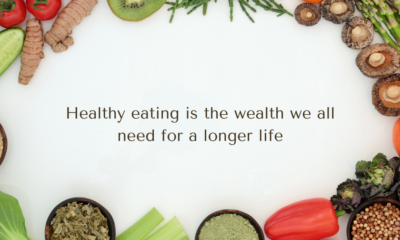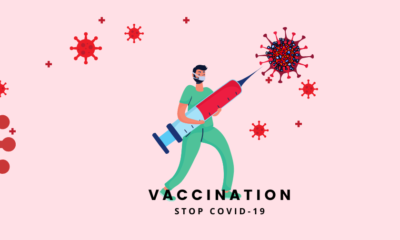Public Health
Global Vaccination Campaigns: The Fight Against Preventable Diseases
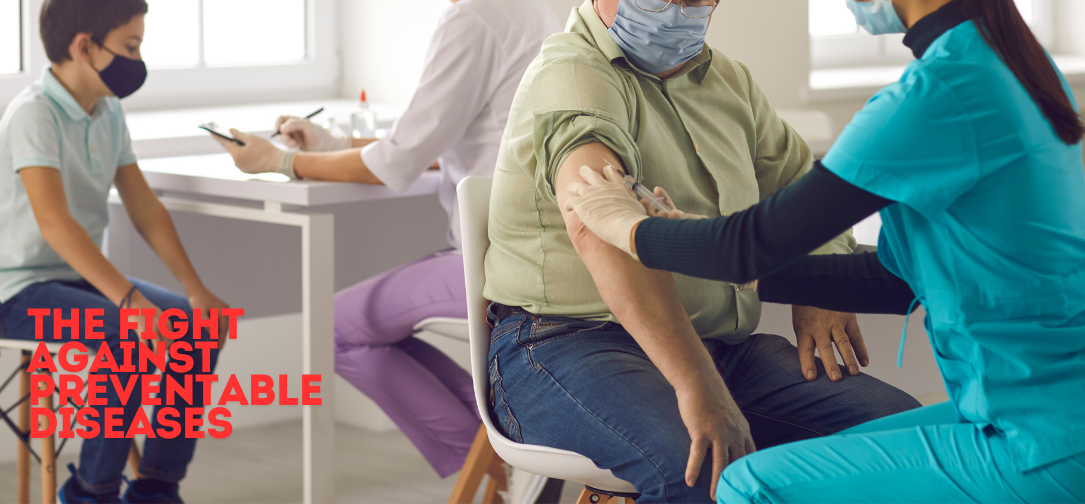
Vaccination has long been recognized as one of the most effective public health interventions in preventing infectious diseases. The global vaccination campaigns have evolved significantly, especially in the wake of the COVID-19 pandemic, which highlighted both the potential and the challenges of immunization efforts worldwide. This report analyzes current vaccination campaigns, examines their impact on public health, and discusses the ongoing challenges and successes in combating preventable diseases.
The State of Vaccination Worldwide
According to the World Health Organization (WHO), vaccination prevents an estimated 2 to 3 million deaths each year from vaccine-preventable diseases such as measles, diphtheria, tetanus, and poliomyelitis (WHO, 2023). Despite this success, millions remain unvaccinated, particularly in low-income countries. As of 2023, approximately 20 million children worldwide did not receive basic vaccinations (UNICEF, 2023). This figure reflects not only logistical challenges but also vaccine hesitancy fueled by misinformation and distrust.
Current Vaccination Rates
The WHO’s 2023 report reveals disparities in vaccination rates across regions:
- Africa: Immunization coverage remains below the global average, with only about 70% of children fully vaccinated (WHO, 2023).
- South-East Asia: Countries like India have made substantial progress, with coverage reaching approximately 85%.
Europe and North America: These regions enjoy higher vaccination rates, often exceeding 90%, but are experiencing localized outbreaks due to vaccine hesitancy.
The need for continued vigilance is evident, as measles outbreaks have occurred in areas where vaccination rates have declined. For instance, Europe reported a significant rise in measles cases in 2022, attributed to lower vaccination coverage (European Centre for Disease Prevention and Control, 2022).
The Impact of the COVID-19 Pandemic
The COVID-19 pandemic has fundamentally reshaped vaccination campaigns worldwide. Initially, it diverted resources from routine immunization programs, leading to a backlog of vaccinations for other diseases. The WHO estimated a decline in childhood vaccination coverage by about 5% in 2021 (WHO, 2022).
However, the rapid development and distribution of COVID-19 vaccines demonstrated the potential for swift action in vaccination efforts. Global cooperation facilitated the creation of the COVAX initiative, aimed at ensuring equitable access to vaccines for all countries, regardless of income level (GAVI, 2023). This program has delivered over 1.4 billion vaccine doses to low and middle-income countries, highlighting the importance of international collaboration in public health.
Lessons Learned
The pandemic has underscored several critical lessons for future vaccination campaigns:
The Importance of Trust: Building trust in vaccines is crucial. Misinformation can spread rapidly, leading to hesitancy. Effective communication strategies must be implemented to counteract false narratives.
Adaptability: The ability to adapt vaccination strategies in response to emerging threats is vital. Mobile vaccination units, for example, have been deployed in many countries to reach underserved populations.
International Collaboration: The COVAX initiative illustrates the importance of global partnerships in addressing public health crises. Future vaccination campaigns must leverage these collaborations to ensure widespread access to vaccines.
Key Vaccination Campaigns
Measles and Rubella Initiative
The Measles and Rubella Initiative, launched in 2001, has been a global effort to reduce measles and rubella morbidity and mortality. As of 2023, significant progress has been made, with measles deaths declining by 73% since 2000. However, outbreaks continue to occur due to suboptimal vaccination coverage. In 2022, the WHO reported over 9,000 measles cases in Europe alone, indicating the need for renewed efforts to increase vaccination rates (WHO, 2022).
Polio Eradication
Polio remains a target for eradication, with the Global Polio Eradication Initiative (GPEI) leading the charge. As of 2023, polio has been eliminated in most countries, with only a few nations reporting endemic transmission. The challenge now lies in addressing vaccine-derived poliovirus outbreaks, which have emerged due to low vaccination coverage in some areas (GPEI, 2023).
COVID-19 Vaccination Campaigns
The global response to the COVID-19 pandemic has seen unprecedented speed and scale in vaccination campaigns. By mid-2023, over 13 billion COVID-19 vaccine doses had been administered globally (Our World in Data, 2023). The introduction of mRNA vaccines has set a new standard for vaccine technology, paving the way for future innovations.
Challenges Facing Vaccination Campaigns
Vaccine Hesitancy
One of the most significant challenges facing vaccination campaigns is vaccine hesitancy. Factors contributing to this include:
- Misinformation: Social media has played a crucial role in spreading misinformation about vaccine safety and efficacy.
- Distrust in Healthcare Systems: Historical injustices and inequities in healthcare can lead to distrust, particularly among marginalized communities.
- Cultural Beliefs: In some regions, cultural beliefs may lead to resistance against vaccination, necessitating culturally sensitive communication strategies.
Logistical Challenges
In many low-income countries, logistical challenges hinder vaccination efforts. These include:
- Supply Chain Issues: Disruptions in the supply chain can lead to vaccine shortages.
- Infrastructure Limitations: Poor healthcare infrastructure in remote areas makes it challenging to reach populations in need.
- Funding Constraints: Many countries struggle with funding for vaccination programs, which can lead to interruptions in services.
Global Disparities
The COVID-19 pandemic has exacerbated existing disparities in vaccine access. High-income countries have secured the majority of vaccine supplies, while low-income countries continue to face shortages. According to WHO data, as of mid-2023, only 20% of people in low-income countries were fully vaccinated against COVID-19, compared to over 80% in high-income countries (WHO, 2023).
The Future of Vaccination Campaigns
Innovations in Vaccine Development
The COVID-19 pandemic has spurred innovations in vaccine development. The success of mRNA vaccines has opened new avenues for research, potentially leading to vaccines for other diseases such as HIV and malaria (Nature, 2023).
Strengthening Immunization Systems
To ensure the success of future vaccination campaigns, it is essential to strengthen immunization systems. This includes:
- Enhancing Data Collection: Improving data collection methods can help identify gaps in vaccination coverage and target interventions more effectively.
- Building Local Capacity: Training healthcare workers and strengthening local healthcare systems are crucial for sustainable vaccination efforts.
- Engaging Communities: Community engagement is vital for increasing vaccine acceptance. Local leaders and influencers can play a significant role in promoting vaccination.
Global Collaboration
Continued global collaboration is essential for addressing vaccine inequities. Initiatives like COVAX must be expanded to ensure that all countries have access to vaccines. Additionally, fostering partnerships between governments, NGOs, and the private sector can enhance resource mobilization and facilitate knowledge sharing.
Conclusion
Global vaccination campaigns have made remarkable strides in reducing the burden of preventable diseases. However, significant challenges remain, particularly in the face of vaccine hesitancy and logistical barriers. The lessons learned from the COVID-19 pandemic can guide future efforts to strengthen vaccination systems and ensure equitable access to vaccines for all. By addressing disparities and fostering global collaboration, we can work towards a future where vaccine-preventable diseases are no longer a threat to public health.
-

 Food8 hours ago
Food8 hours agoHow to Lose Weight Fast: The Best Drink Recipes for Rapid Results
-

 Education8 hours ago
Education8 hours agoUnlocking the ASUS Student Discount on Reddit: A Comprehensive Guide
-

 Banking5 hours ago
Banking5 hours agoUnlock Your Financial Potential with SoFi High-Yield Savings
-

 News26 minutes ago
News26 minutes agoUnfiltered: Behind the Headlines with Page Six




